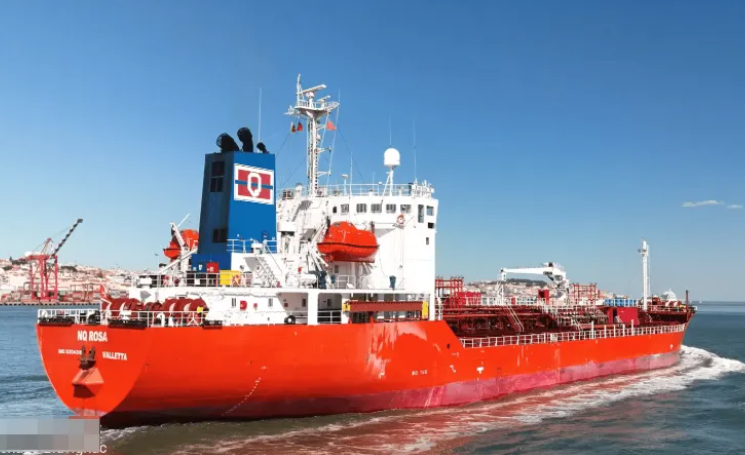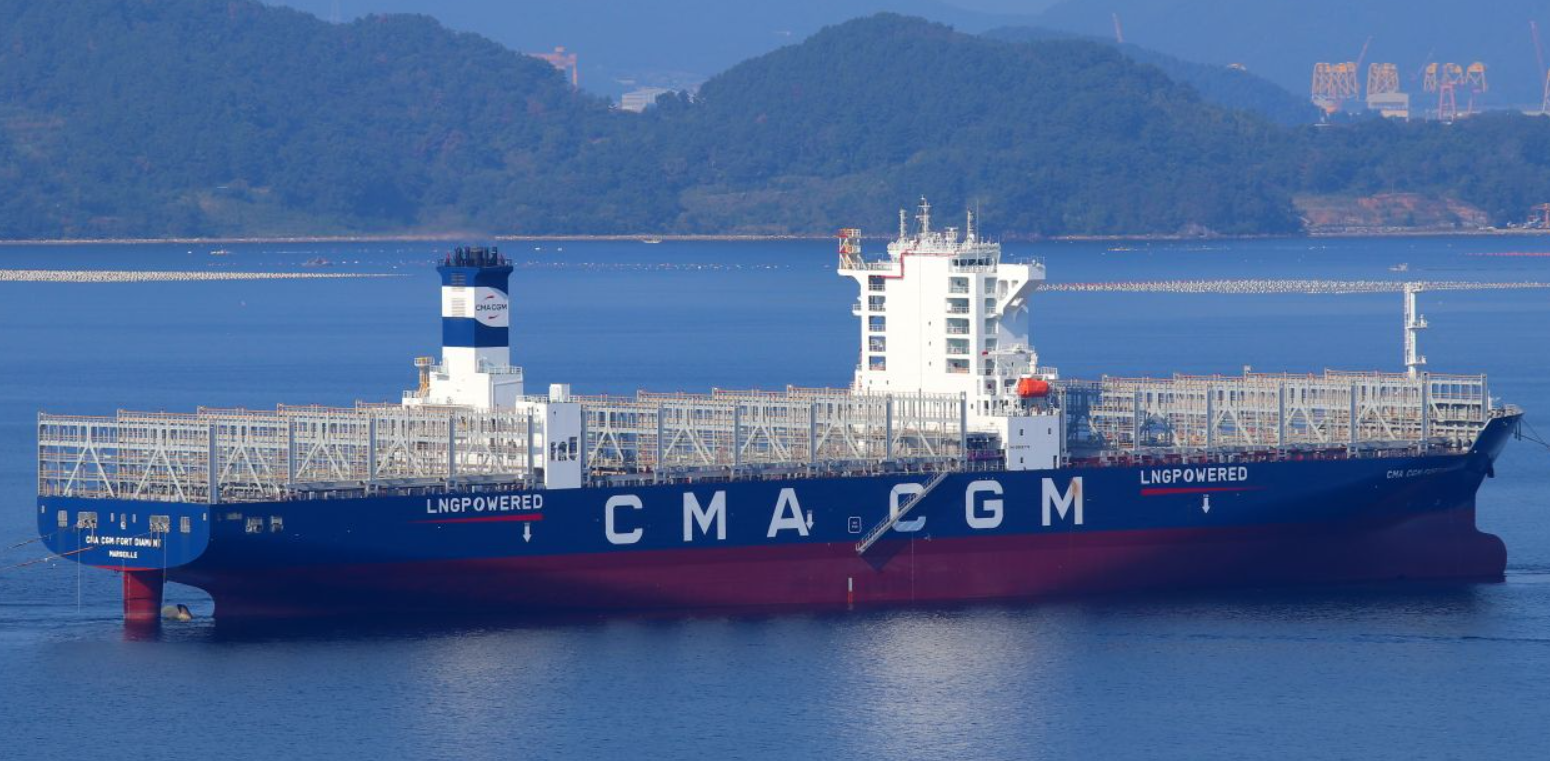Shocking! $3.2 billion down the drain? The world's top 10 shipping companies could be "slaughtered" by U fees
Logistics News
![]() 23-Oct-2025
23-Oct-2025
At present, there is still much speculation about the full impact of the fees that have gone into for ships owned, operated, or built by China in U.S. ports.
Alphaliner, an industry analysis firm, has proposed a possible worst-case scenario on the current deployment of ships: If the plan of the Office of the United States Trade Representative (USTR) proceeds smoothly, the top ten container shipping companies could face about $20 million in fees in 2026.
The U.S. Trade Representative’s Office announced the fee scheme in April but postponed its implementation for six to allow the industry time to prepare and for revisions based on feedback.
Alphaliner calculated that the major container shipping companies could face $320 million in fees in2026 as the U.S. attempts to “reverse China’s dominance in the shipping industry” and “revitalize the American shipbuilding industry.” However the company also noted that the impact on each company could vary widely before the shipping lines adjust their vessel deployments and other mitigating measures to reduce the impact.
The fee, determined in April of 2025, target vessels owned or operated by Chinese companies. These vessels will be charged a fixed fee of $80 per net ton for voyage with a maximum of five charges per year.
The second category of fees planned by the U.S. Trade Representative’s Office targets vessels built in China and operated any foreign company. These fees apply to both owned vessels and vessels chartered by major shipping lines. The fees are set at the higher of $23 per net ton or $54 per twenty-foot equivalent unit (TEU) of capacity, also with a maximum of five charges per year. The World Shipping Council, in its comments submitted to the.S. Trade Representative’s Office, objected to the use of net tons as the basis for charging, saying it would unfairly penalize larger, more efficient vessels carrying goods, including parts used in U.S. production lines.
Although most of the shipping lines stated that they are working to adjust their vessel deployments to reduce the impact the fees, Alphaliner concluded, based on the current deployment, that Maersk and Hapag-Lloyd are in the most favorable positions among the large shipping companies Maersk “only” needs to pay $17.5 million in fees, and Hapag-Lloyd needs to pay $105 million, which also the two companies’ Gemini Cooperation.
As they charter a large number of vessels from Chinese shipowners, Zim, Ocean Network Express (ONE), and C CGM are likely to be seen as vessels owned by China and thus face higher fees. Alphaliner calculated that Zim is most affected, with $510 million in, ONE faces $363 million in fees, and CMA CGM could pay $335 million.
The other large shipping lines belong to the category of-Chinese-owned container ships, but these ships are built in China. For example, MSC, which has a fleet mainly built in China, could face $730 in fees. However, given that the company has nearly 1,000 vessels (676 self-owned), it is likely to reduce fees by redeploying CMA CGM’s Chinese-built vessels on the U.S. trade may also incur an additional $50 million in fees, and Yang Ming needs to pay480 million in fees.Alphaliner reported. Carriers like Yangming, which has only 100 ships, are at a disadvantage in redeployment compared to the large Shipping or CMA CGM.
The two lines on the list appear to be in the best position. Alphaliner said that HMM of South Korea and Evergreen Chinese Taipei have no ships that will be charged by the United States.

Last
2000 liters of phosphoric acid leaked! An accident occurred while the tanker was unloading at the port.
An oil tanker named the NQ Rosa, carrying a cargo of phosphoric acid, leaked around 2,000 litres the substance while it was docked

Next
Boom! CMA CGM announces the establishment of a new company
On 20 October, Rodolphe Saadé, Chairman and CEO of the CMA CGM Group, visited the of Koper, the leading port of the Adriatic and a
